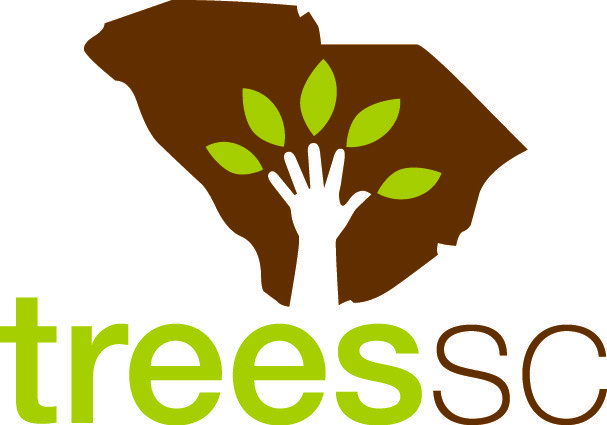Banana spiders live in our side garden. They have for, at least, the three decades we have lived here, and I suspect even longer than that. The garden is divided by a narrow path that meanders between several species of shrubs and perennials and, occasionally, the spiders bridge the path by weaving a delicate, intricate, scrim-like web between the shrubs. During certain times of a summer morning, backlit by the sun, the web becomes a translucently veiled entrance to the rest of the garden. If a morning riser is lucky enough, a big banana spider sits right in the middle of the creation. The spider and silky tentacles slow the garden patron’s pace and invite quiet reflection on, not only this web, but nature’s larger web, and how its individual strands are connected, made stronger by one another and how, together, they support life on earth.
Community forestry and arboriculture are studies of relationships. How humans relate to trees and integrate them into their lives. How trees promote human health, promote economies and, generally, make life more livable. Trees relate to each other as well, sharing space above and below ground. Chemical signals sent from one tree to another warn of impending threats. Leaf litter and wood debris falls from one tree and influences the soil temperature, composition, and moisture for the benefit of many. Roots comingle and colonize underground as they share nutrients and stabilize the bases of many. Trees’ good nature (pun intended) extends well beyond other trees to many natural elements; to air, soil, wildlife, and water.
Every person in the U.S. lives within a mile or two of a headwater stream. Streams and waterways, large and small, are important to people just as their community forests are. And community forests are important to waterways in the form of riparian buffers. Riparian buffers can be defined as lands and assemblages of plants bordering rivers, streams, bays, and other waterways. They directly affect and are impacted by the aquatic environment.This definition is contained in a report by the Pennsylvania Land Trust Association along with the following ecological services of riparian buffers
-Protect the quality of drinking water
-Roots stabilize the bank and inhibit erosion
-Roots and down trees slow the flow of stormwater, form a physical barrier to the stream, allowing sediment to settle out and be captured.
-Forest canopy shades the water, mitigating temperature swings that could be harmful to fish and other aquatic wildlife.
-Woody material from trees and other plants falls into the water creating wildlife food and habitat.
-Interrupt non-point source pollutants carried by stormwater runoff.
-Decrease the frequency of flooding and reduced streamflow.
-Replenish groundwater.
-Provide corridors for terrestrial wildlife movement.
Forested buffers provide substantially better ecosystem services than grassed buffers and those are just some of the benefits trees by the water’s edge offer. As they contribute to the waterway, they are also an integral part of the rest of the community forest. Along with their riparian contributions, these trees join others to filter and absorb pollutants from the air, manufacture oxygen, reduce energy costs, stimulate the local economy, and make our lives more human-scale and livable. They share connections with the stream, with the forest, and with those who inhabit both.
As we urban forestry advocates continue to reach out to others and share the value of trees in our cities, towns, neighborhoods, and rural areas, we should remember the important relationship between trees and waterways. Even some people who know about the overall importance of trees are unaware that they are a specific value added to local rivers, streams, lakes bays, and ponds.
I am waiting patiently for the first Banana spider web of summer. Hung between living greenery, it will soon be unveiled and available for patrons. Like good art, this piece will impress with color, texture, and scale. And like good art, it may stimulate thought, illicit questions, and offer inspiration.

Recent Comments